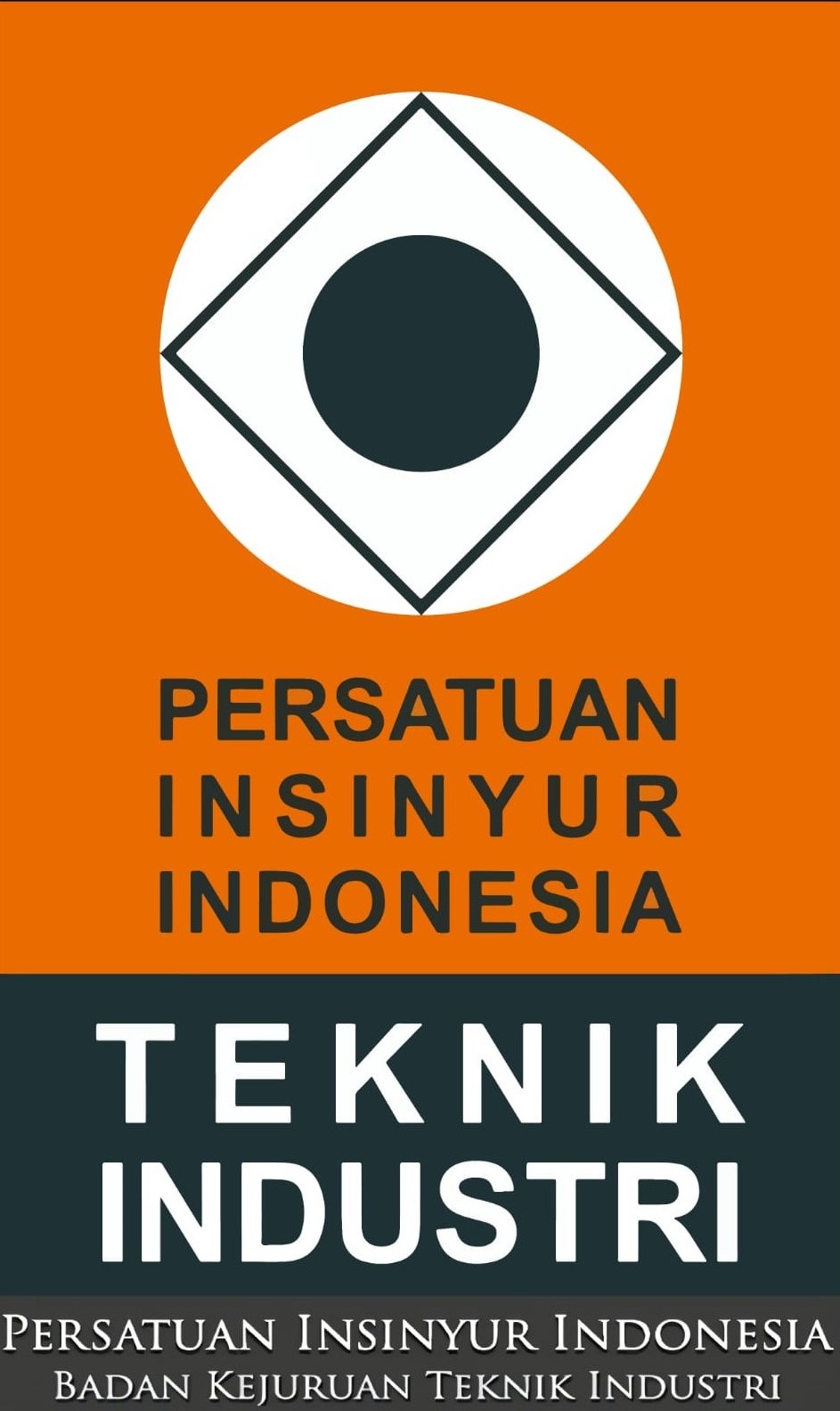Integration of the HEART and SHERPA Approach to Evaluating Human Errors in the Refinery Salt Production
DOI:
https://doi.org/10.32734/jsti.v24i2.7755Keywords:
Ergonomic, Error, Human, HEART, Reliability, SHERPA, SaltAbstract
Human error can be prevented by measuring human reliability through the Human Reliability Assessment approach. PT A is a national scale salt producer that produces salt. The quality division identifies human error problems made by operators in the salt refining process. This study aims to identify, calculate probability values, and provide recommendations for improvement to reduce human error in salt refining production operators. HEART and SHERPA are research approaches used because they are considered the most suitable for this study. The results showed that the most visible human error for the error mode category was C2, incomplete checking, and 42 error modes because the operator infrequently did a complete check. The process with the highest Human Error Probability value is the drying process 1, with a value of 7.49. In contrast, the process with the most minor Human Error Probability value score of 0.085 is the bagging process 2. Human error prevention efforts are carried out for each process based on the highest score on the Human Error Probability Index, including Personal Protective Equipment, Standard Operating Procedures, and training to improve operator skills.
Downloads
References
F. C. Putro, Y. Helianty, and A. Desrianty, “Usulan Perbaikan Sistem Kerja Mesin Bending Di Pt. X Menggunakan Metode Systematic Human Error Reduction and Prediction Approach (Sherpa),†J. Online Inst. Teknol. Nas., vol. 03, no. 2, pp. 23-38, 2015.
N. Rahdiana, “Perbandingan Tingkat Stres Mahasiswa Empat Angkatan Program Studi Teknik Industri dengan Metode Skoring dari Health and Safety Executive,†J. Sist. Tek. Ind., vol. 22, no. 1, pp. 33–44, 2020, doi: 10.32734/jsti.v22i1.3297.
E. Stojiljkovic, B. Bijelic, and M. Cvetkovic, “Application of Heart Technique for Human Reliability Assessment – a Serbian Experience,†Facta Univ. Ser. Work. Living Environ. Prot., vol. 14, no. 3, pp. 187–196, 2018, doi: 10.22190/fuwlep1703187s.
D. H. Farhana, “Analisis Beban Kerja Dalam Menentukan Jumlah Tenaga Kerja Optimal Dengan Metode Workload Analysis Di PT Jaya Teknik Indonesia,†Sci. J. Indsutrial Eng., vol. 1, no. 2, pp. 18–22, 2020, doi: 10.20961/performa.19.2.46467.
C. F. Hasibuan, P. Yudi Daeng, and R. R. Hasibuan, “Human Reliability Assessment Analysis with Human Error Assessment and Reduction Technique (HEART) Method on Sterilizer Station at XYZ Company,†in IOP Conference Series: Materials Science and Engineering, 2020, vol. 851, no. 1, DOI: 10.1088/1757-899X/851/1/012019.
I. Kusumanto, E. G. Permana, and H. D. Saputra, “Usulan Perbaikan Sistem Kerja Pada Proses Produksi Crumb Rubber Menggunakan Metode SHERPA Di PT. Riau Crumb Rubber Factory,†in Prosiding 2th Celscitech-UMRI, 2017, vol. 2, no. 1, pp. 85–90, doi: 10.24014/jti.v2i1.5064.
M. B. Lukman, S. W. Caecilia, and D. Arie, “Analisis Pengaruh Lingkungan Fisik Kabin Masinis Terhadap Kelelahan Masinis Berdasarkan Heart,†Reka Integr., vol. 02, no. 01, pp. 319–327, 2014.
M. I. Siregar, C. I. Erliana, and Syarifuddin, “Pengukuran Reliabilities’ Kerja Manusia Menggunakan Metode Sherpa Dan Heart pada Operator CV. Diwana Sanjaya,†in Seminar Nasional Teknik Industri (SNTI) 2019, 2019, pp. 1–7.
A. S. P. Utama, W. Tambunan, and L. D. Fathimahhayati, “Analisis Human Error pada Proses Produksi Keramik dengan Menggunakan Metode HEART dan SHERPA,†J. INTECH Tek. Ind. Univ. Serang Raya, vol. 6, no. 1, pp. 12–22, 2020, doi: 10.30656/intech.v6i1.2114.
L. P. Bowo and M. Furusho, “Human Error Assessment and Reduction Technique for Marine Accident Analysis: The Case of Ship Grounding,†Trans. Navig., vol. 3, no. 1, pp. 1–7, 2018, doi: 10.18949/jintransnavi.3.1_1.
M. Evans, Y. He, L. Maglaras, and H. Janicke, “HEART-IS: A novel technique for evaluating human error-related information security incidents,†Comput. Secure., vol. 80, pp. 74–89, 2019, DOI: 10.1016/j.cose.2018.09.002.
A. Rachman, H. Adianto, and G. Liansari, “Metode, Perbaikan Kualitas Produk Ubin Semen Menggunakan Keramik, Failure Mode and Effect Analysis Dan Failure Tree Analysis Di Institusi,†J. Online Inst. Teknol. Nas., vol. 4, no. 2, pp. 24–35, 2016.
C. S. Wahyuning, I. Rachmatiah S.S., and I. Z. Sutalaksana, “Pengaruh Lingkungan Kerja Kabin Lokomotif Terhadap Tingkat Stres Dan Beban Kerja Mental Masinis Secara Fisiologis,†J. Sist. Tek. Ind., vol. 19, no. 1, pp. 20–29, 2018, doi: 10.32734/jsti.v19i1.362.
T. Rahmania, E. Ginting, and B. Buchari, “Analisa Human Error Dengan Metode Sherpa Dan Heart Pada Kecelakaan Kerja Di Pt XYZ,†J. Sist. Tek. Ind., vol. 2, no. 1, pp. 58–65, 2013.
I. Novela, C. Triwibisono, and F. N. Nugraha, “Analisis Beban Kerja Fisik Dan Perancangan Kebutuhan Jumlah Pegawai Menggunakan Metode Work Sampling Pada Divisi Human Resource Department Di PT Pikiran Rakyat Bandung,†in e-Proceeding of Engineering, 2019, vol. 6, no. 2, [Online]. Available: https://openlibrarypublications.telkomuniversity.ac.id/index.php/engineering/article/view/9349/9218.
S. B. S. Satria, N. Khoiriyah, and W. Fatmawati, “Human Reliability Analysis Pada Operator Grinding Dan Welding Galangan Kapal Dengan Pendekatan Cognitive Reliability and Error Analysis Method (Cream),†Ind. Inov. J. Tek. Ind., vol. 11, no. 1, pp. 59–65, 2021, DOI: 10.36040/industri.v11i1.3412.
A. H. Wafi, R. I. Hartanti, and R. Indrayani, “Human Reliability Assessment Menggunakan Modifikasi Metode SHERPA Dan HEART (Studi Pada Pekerjaan Pengelasan Conveyor Chute Di Area Coal Handling PT. X),†Karya Tulis Ilmiah. Progr. Stud. DIII Keperawatan. Fak. Keperawatan. Univ. Sumatera Utara. Medan, vol. 5, no. 1, pp. 1–10, 2020.
I. Pratiwi, M. Masita, H. Munawir, and R. Fitriadi, “Human error analysis using sherpa and heart method in Batik Cap production process,†in IOP Conference Series: Materials Science and Engineering, 2019, vol. 674, no. 1, pp. 1–10, DOI: 10.1088/1757-899X/674/1/012051.
Y. Widharto, D. Iskandari, and D. Nurkertamanda, “Analisis Human Reliability Assessment Dengan Metode Heart (Studi Kasus PT ABC),†J@ti Undip J. Tek. Ind., vol. 13, no. 3, p. 141, 2018, doi: 10.14710/jati.13.3.141-150.
E. Sitorus and S. S. F. Nasution, “Pembakuan Aktivitas Pergudangan Dengan Standard Operating Procedure (SOP) Di PT. XYZ,†J. Sist. Tek. Ind., vol. 19, no. 2, pp. 65–71, 2017.
Downloads
Published
How to Cite
Issue
Section
License
Copyright (c) 2022 Jurnal Sistem Teknik Industri

This work is licensed under a Creative Commons Attribution-ShareAlike 4.0 International License.
The Authors submitting a manuscript do so on the understanding that if accepted for publication, the copyright of the article shall be assigned to TALENTA Publisher Universitas Sumatera Utara as the publisher of the journal.
Copyright encompasses the rights to reproduce and deliver the article in all forms and media. The reproduction of any part of this journal, its storage in databases, and its transmission by any form or medium will be allowed.



















